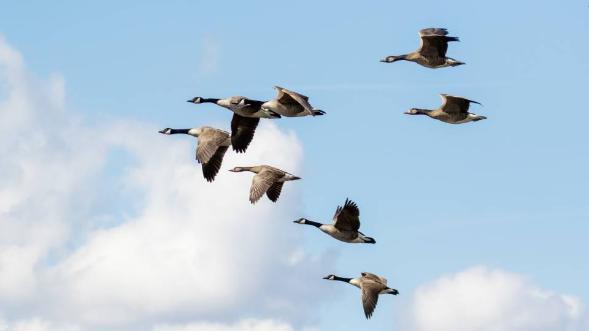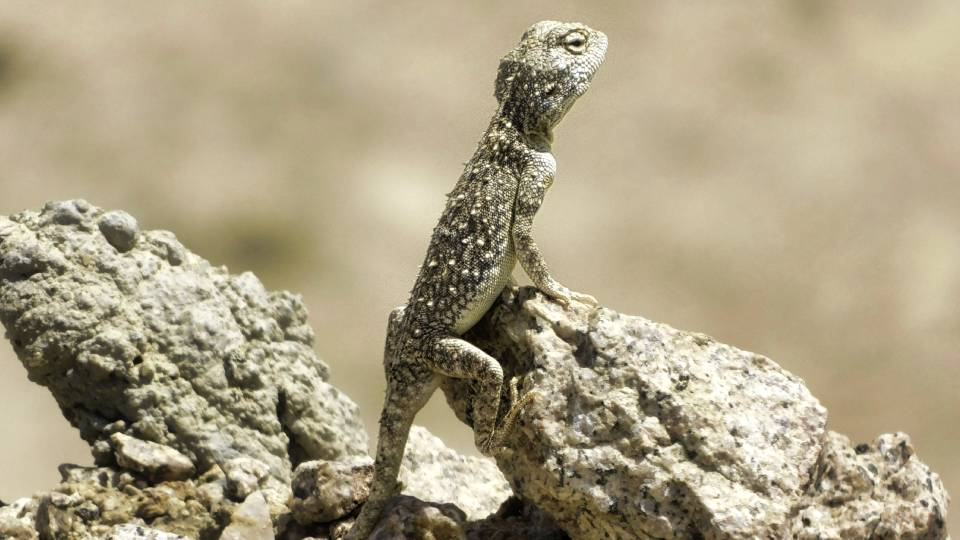But how would we stand up against the natural capabilities of animals?
New research published by Loughborough University’s Dr Mark Burnley has investigated the speed-duration relationship across the animal kingdom to see which creatures have the attributes for medal success.
Average joes and ordinary janes
Research found that humans are largely average competitors overall. Findings did show that we fare well in running and swimming, but other areas saw our furry friends and prickly pals far surpass our sporting efforts.
No time for horsing around
The study showed that horses were the supreme species when it came to long-distance running.
Due to their ability to transport and utilise enormous levels of oxygen they were able to sustain speeds twice that of humans.
Researchers also found that selective breeding for racing is part of the reason for superiority in this field.

The attention crabbers
Turning our attention to middle-distance running and it’s the painted ghost crab that takes gold for the animal kingdom.
Research showed that if a human club runner had the same middle-distance abilities as the quick crustacean, we would be able to run a mile in just over three minutes.
Not only that – we would also be able to carry on running at the same speed for another 2.5 miles, breaking the 3000m world record in the process.

Going the extra rep-mile
When it comes to ultimate endurance, the study found that lizards rule the roost.
By warming themselves up effectively before movement, these reptiles could double their endurance capacity with ease, leaving us Homo sapiens well behind.
Catch of the day
It goes without saying that fish are better swimmers than humans, mainly due to muscle fibres positioned all the way down a fish’s body.
Slow twitch (red) muscle close to the spine allows for slow sustained swimming, whereas fast twitch (white) muscle in the rest of the body allows for bursts of “sprinting” that are, relatively speaking, ten times faster than the maximum speed a human can swim.

Is it a bird? Is it a plane?
The paper also looked at our flying feathered friends.
Birds are a very difficult species to study, but what we do know is that bird flight requires very high oxygen demands.
It was discovered that for geese to sustain flight they required a rate of O2 consumption about four times higher than the average human’s maximum oxygen uptake.
Once airborne, they can cover vast distances because the cost of transport (energy per km) is so low.
The champion in this respect is the bar-tailed godwit, which travels more than 11,000 km in a non-stop 9-day flight from Alaska to New Zealand.

Following the findings, Dr Burnley said: “What is most interesting about these creatures is that they all seem to follow the same “rules” as humans do in terms of endurance performance. Some humans are outstanding endurance athletes, but evolution has produced a number of species that are absolutely extraordinary runners, swimmers and sprinters.”
To read the full study, visit here: www.sciencedirect.com/science/article/pii/S109564332300020X
